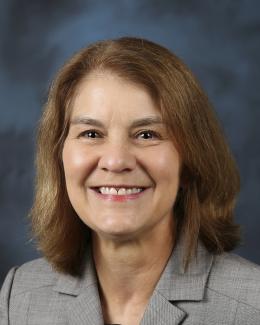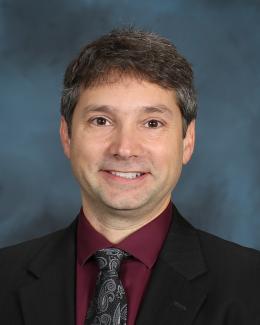Abstract
Gold oxide nanoparticles were prepared on the native surface and a hydroxylated surface of a non-porous TiO2 support (Degussa P25). Scanning transmission electron microscopy results show the formation of similarly sized clusters on both support materials (1.86 and 1.61 nm clusters on the native oxide and the hydroxylated oxide respectively). X-ray absorption near edge spectroscopy and X-ray photoelectron spectroscopy clearly indicate the formation of Au3+ rich oxide nanoparticles. Despite the similar cluster sizes and oxidation states the gold oxide clusters grown on the hydroxylated surface were at least 180 times more catalytically active for the oxidation of carbon monoxide then those grown on the native oxide surface. These hydroxides are conveniently introduced during the solution phase synthesis of gold catalysts and play a dominate, but previously unrecognized, role in the catalytic properties of both oxidized and metallic gold particles.




